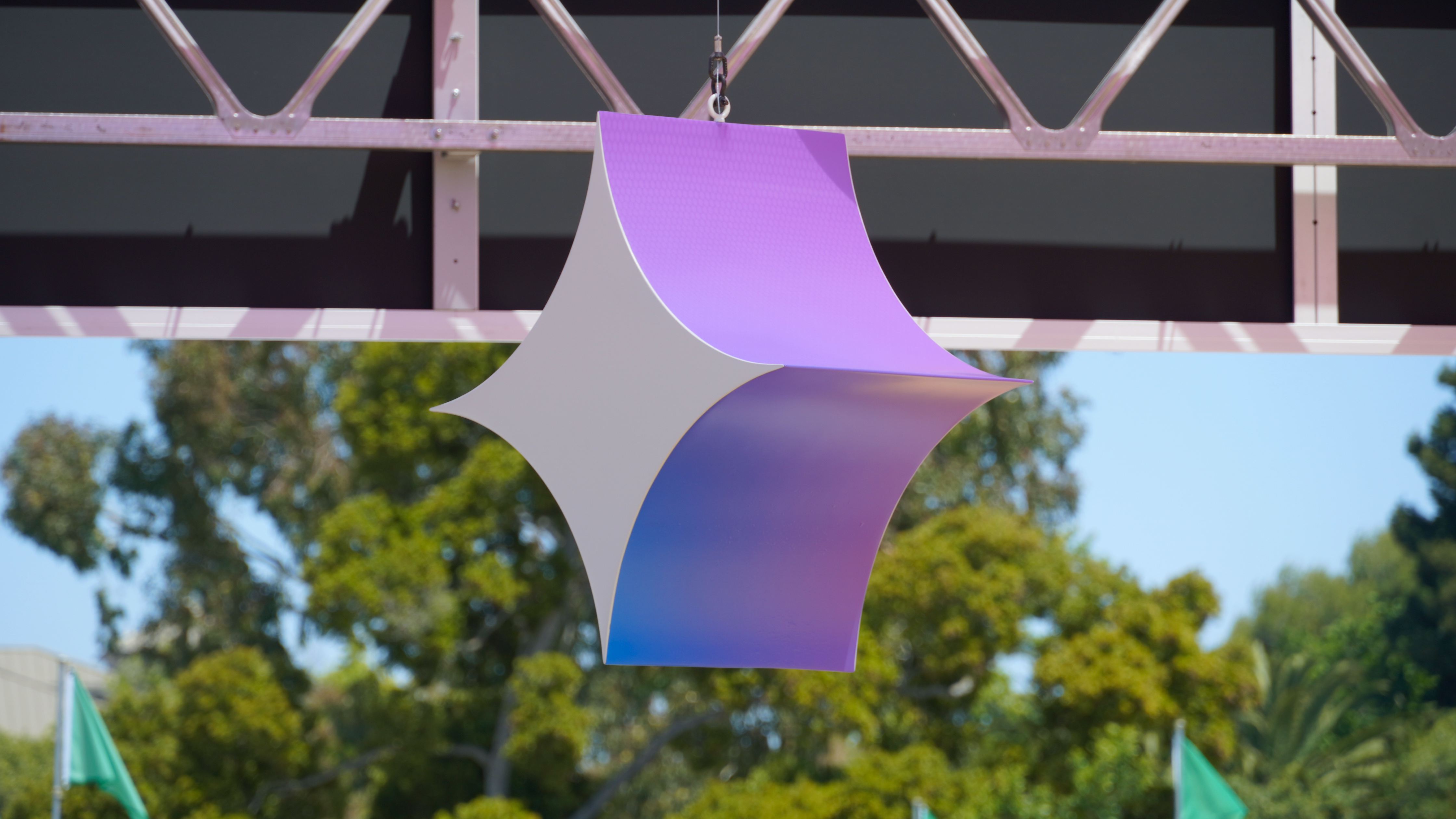The EU's latest regulations push Android policies to extend its update commitments
For the sake of the consumer, the EU wants Android makers to support consumers for longer.

What you need to know
- The EU's new "Ecodesign Regulation" is impacting smartphone makers, pushing OEMs to support devices and consumers for longer.
- Per the new rules, Android devices are to receive a minimum of five years of OS and security updates after "the end of sales."
- Samsung and Google already provide seven years of updates for devices; however, this begins right when the phone launches.
The EU is reportedly passing a new set of rules and regulations regarding smartphones that will impact Android devices in the region.
A recently published document by the European Commission concerning smartphones states companies have a few new rules to follow later this month (via Heise Online). The document details the EU's "Ecodesign Regulation," which will soon begin to force smartphone OEMs to provide five years of updates (at minimum) for their devices and consumers.
There's speculation that this regulation could have a lasting impact on how smartphone makers provide updates globally, too.
Now, there's a major note to be taken here with this new information: this new five-year rule applies to OS and security updates after "the end of sales." This new rule will also reportedly involve tablets, too. As the publication notes, the change is likely to encourage more "certainty" for consumers when using their devices over a prolonged period.
This new rule is set to go into effect on June 20, 2025. However, the EU's rules will not apply to devices produced/launched before this date. Any phones and tablets that hit the market after June 20 will have to follow the EU's updated policy.
Android Updates for Users

On the other hand, the EU's new regulations set for June 20 include some Energy Labelling requirements, per Android Police. These eco-friendly design rules for devices in the EU require manufacturers to state how tough their phones/tablets are to drops/dust/water and to ensure their batteries are strong enough to "withstand 800 charge and discharge cycles while retaining at least 80% of their initial capacity."
Repairability of a device is also required to be stated by OEMs. Moreover, makers should make sure parts for repair are available for at least "7 years after the end of sales of the product model on the EU market."
Get the latest news from Android Central, your trusted companion in the world of Android
It's worth remembering that Google, just like Samsung, has shifted to a seven-year update cycle for devices. While this is a nice thing, especially when it announced such an endeavor for the Galaxy S24 series, one thing rings true: hardware is forever. What this means is your device is still relatively constricted to the tech packed inside it. For example, Samsung states many of its AI features depend on its "Personal Data Engine," a software that essentially needs the Snapdragon 8 Elite.
Older chips aren't going to cut it this time.
This is likely a hurdle consumers will still have to grapple with, more so if they're interested in using these newer, more advanced AI features. If not, then at least you'll soon have the peace of mind when it comes to updates for an extended time.

Nickolas is always excited about tech and getting his hands on it. Writing for him can vary from delivering the latest tech story to scribbling in his journal. When Nickolas isn't hitting a story, he's often grinding away at a game or chilling with a book in his hand.
You must confirm your public display name before commenting
Please logout and then login again, you will then be prompted to enter your display name.
